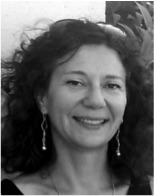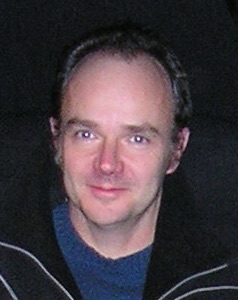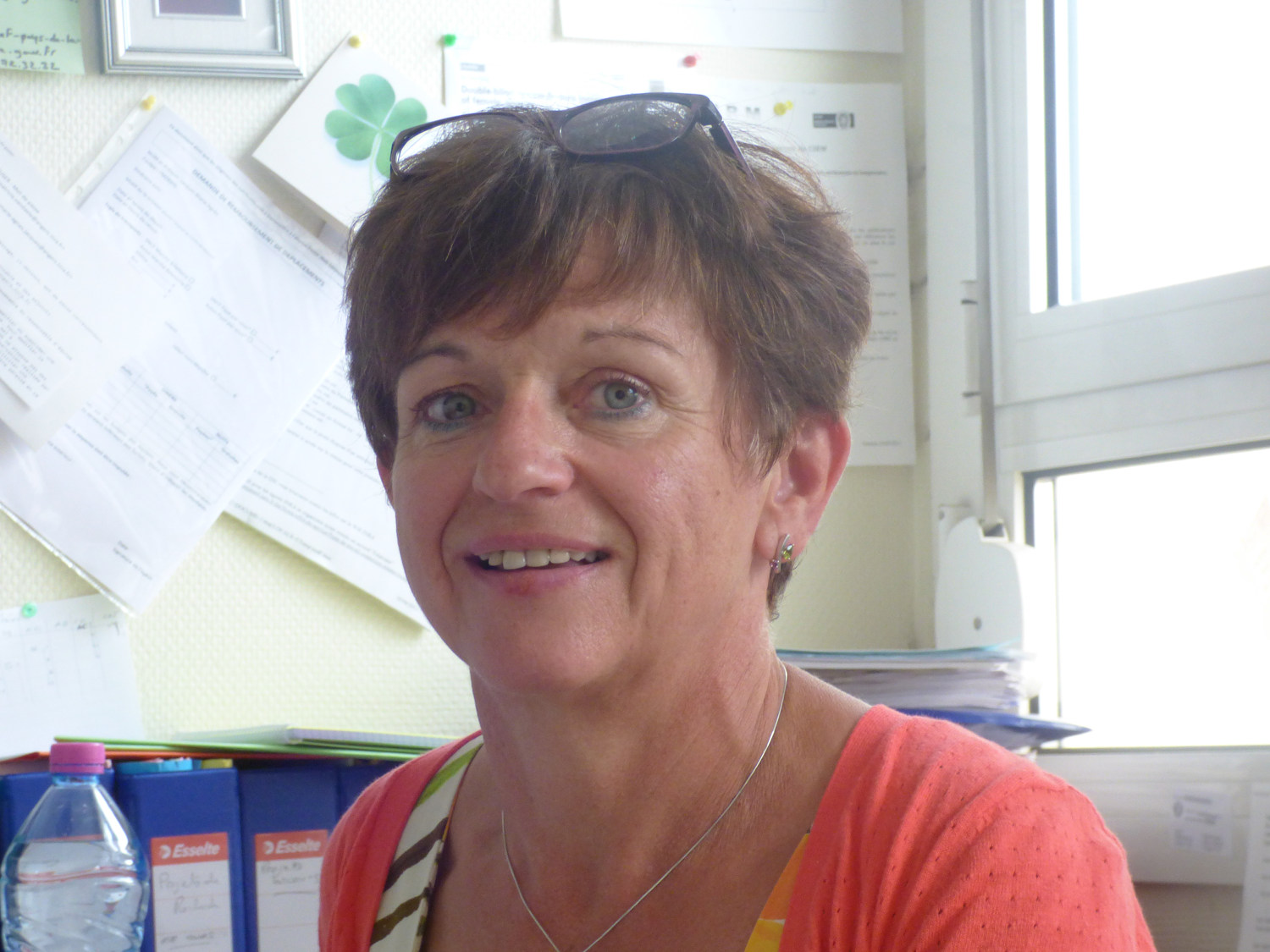Interviews with Experts
Our team didn’t possess all the skills and knowledge we needed. While we gained lots of knowledge from reading, we decided to interview some experts on different areas of our project. We hoped by these interviews to get a critical evaluation of our project and to gain insight into areas we might have overlooked. We chose to interview experts in several fields related to our project. We interviewed an expert on bacteriophages to discuss the types of phage we could use to attack Xylella fastidiosa; an informatician to talk about the dry lab; and the national specialist of Xyllela fastidiosa to talk about the relevance of our project.
Mireille ANSALDI
As our project grew, we had more and more questions about our bacteriophage approach. We wanted initially to use Xylella fastidiosa’s natural phages, but we met some difficulties. We went to see Ms ANSALDI, who directs the “phage cycle and bacteria metabolism” research group in the LCB in Marseille. As an expert in the field, she is an obvious choice to seek advice. She generously granted us time for an interview.
Thanks to our discussion, we learned that X. fastidiosa certainly has some resistance mechanism, such as CRISPR and restriction enzymes. She also told us that we could work on Xanthomonas campestris instead of X. fastidiosa since the bacteria and their phages are very similar. Furthermore, working on X. fastidiosa is only allowed special P2 labs, whereas Xanthomonas can be used in P1 labs. So we will use X.campestris instead, for more safety.
Finally, she also suggested for us to look at prophages. Unfortunately for lack of information about specific X. fastidiosa prophages and how to induce their toxicity, we left this approach aside. This interview helped us focus our project on phage-like particles. Thanks to her, we changed our mind about what we wanted to do and concentrated on combining phage specificity with efficient toxins.
Jacques VAN HELDEN
We initially contacted Jacques van Helden to help us with how to design a strong X. fastidiosa promoter sequence and strong RBS, for our biobrick BBa_K2255004.
He also sent us a list of questions about biosafety so that we could think about this important subject. These questions concerned the specificity of our phage-like particles and the possibility of recombination between phagemid DNA and M13KO7. Finally, he gave us a clue to finding highly expressed genes and explained a practical approach to designing our part.
Thanks to him, we explored the rate of production of our PLPs, by modeling and testing the recombination levels and the production rate of PLPs.
Marie-Agnès JACQUES
When our project was well defined, we presented it to Marie-Agnes Jacques, who is the national expert for X. fastidiosa at the agronomy research institute (INRA). With this interview, we wanted to test the relevance of our project. Since we weren’t able to meet her in person, this interview was made by email.
Firstly, we explained her our project and, after few exchanges about what we were planning to do, she was very encouraging. However, she did raise the point that our product would be classed as a GMO.
Therefore, we decided to collaborate with the iGEM Evry Paris-Saclay team that offered to review on the legislation and European commission directives. This way, we discover the different steps necessary to get a marketing authorization.







